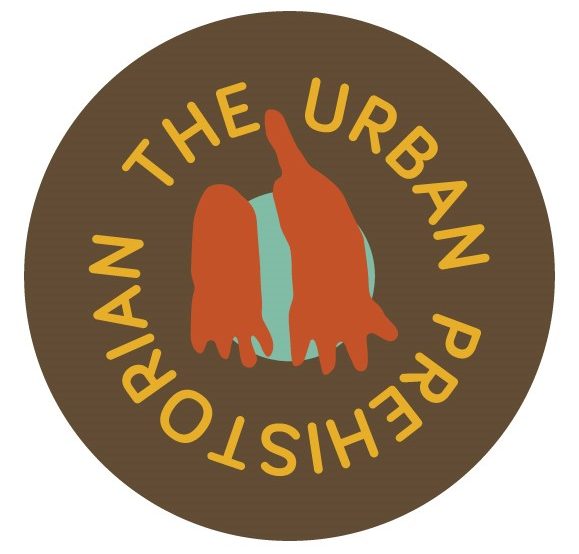Can urban prehistory help contribute to the improvement of our landscape today and to social well being? Is there a demand for the construction of new prehistoric monuments? Is it possible to re-engage people with their landscape and their past by drawing inspiration from stuff that happened thousands of years ago?
I think that the answer to these questions is yes, and in the next few posts, I want to look at a few contemporary prehistoric style monuments that have been built recently, and the potential social, educational and environmental benefits they are bringing.
For thousands of years, prehistoric monuments have been in decline. They have been falling apart, eroded, damaged and diminished in number. But in the past few years this trend has changed. Megaliths, henges and other monuments are being built now in increasing numbers, with numerous contemporary functions.
My engagement with the Sighthill stone circle is where I started to think about this. Why don’t we still erect stone circles and timber posts? And I am not just thinking here about reconstructions of damaged or destroyed prehistoric monuments (although of course there is a role for this kind of thing), but also of new monuments, built today from scratch. These could well be inspired by one or more ancient monumental forms, but with modern utility.
A fantastic example of this has, within the past few weeks, been built in Crieff, Perth and Kinross. A new timber circle for the town, constructed within the Strathearn Community Campus. At an archaeological level, the circle is a half size version of a timber circle with central four poster found and excavated at nearby Pittentian during excavations in advance of the Beauly to Denny power line.



The circle was constructed over a few days using a heavy machine and enthusiastic workers with hard hats on. The wood used is larch. In other words, there is not much that is authentic about this new timber circle. But this does not stop it working. This does not stop is being beautiful. This does not stop it being a structure that inspires and provokes reactions. The weirdly leaning central four-poster is based on excavation evidence, but is sure to get visitors talking, if not hugging the timbers as I did when I visited last week.
This new timber circle is part of an ambitious programme of interventions in the Strathearn Community Campus, inspired by the school and campus senior management, with the support of local enthusiasts, Northlight Heritage archaeologists and Scottish and Southern Electric (SSE), builders of the new power line. The programme aims to presence the prehistory of the local area in the campus, to educate and inform, inspire and amaze, to put into practice the potential social and education benefits of urban prehistory.
As we left the campus last week, standing beside the timber circle was a teacher and a group of school kids. This was a drama class and they were discussing using the circle as a ‘stage’ for part of a forthcoming play. And the first visualisations of this new monument were produced by technical teacher Michael O’Kane very much within a classroom environment. Almost as soon as it was erected, this monument has a use, a function, a role in the community, an educational purpose.
I hope that the children in the school will feel able to use this timber circle, to touch the posts, spend time within the circle, view the monument as an amenity for their benefit.


By being useful, and inspiring children I think urban prehistory, new stone circles and megaliths can have a purpose in our contemporary digital society even although standing stones and timber posts are essentially analogue technology. I look forward to collaborating with the Crieff timber circle team a lot more in the coming months and years.
Sources and ackowledgements: the timber circle has very much been driven by the enthusiasm of head teacher Christine Ross, and her supportive team. The pre-construction image comes from her blog, while the digital vision was prepared by Michael O’Kane. The circle was funded by SSE and suppored by the campus management team, and particular thanks must go to the shamanic genius that is Ally Becket of Northlight Heritage. The two construction photos came from Ian Hamilton and Colin Mayall, the second of which was sourced from Colin’s excellent local history blog. Thanks to everyone involved for allowing me to be involved!





I love it! What a great idea upon which to base a contemporary structure…perhaps the uses those around it are envisioning using it for are not too far removed from its ancient purposes…